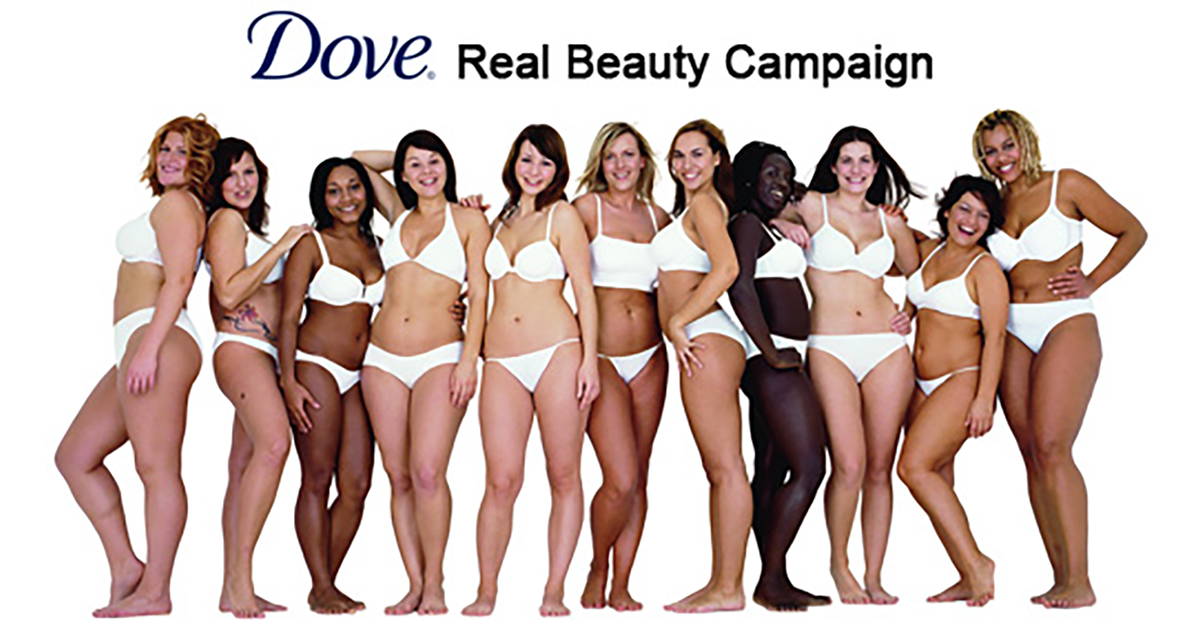Not too long ago, the popular advertising strategy was to promote product features like low calories, shavers with pivot heads and toothpaste that removes stains.
Then we shifted to something with more personal relevance: product benefits. We relate to things that make us look better, download files faster, shave easily along the contours of our bodies, brush with toothpaste that whitens our teeth, do laundry with washers with larger load capacities and travel easily with laptops that are light and easy to tote.
Features and benefits haven't gone away, but we yearned for something more — something beyond features and benefits. Product experience was born. Think Starbucks, Disney, Zappos, Chipotle, Amazon, Nike, Costco, Harley-Davidson, Dollar Shave Club and Sephora to name a few.
Purpose-driven branding
Now the cheese is moving again.
Corporate social responsibility is taking center stage. Smart advertising mirrors societal change, and companies are finding they can relate to their customers by taking stands.
From gun rights, human rights and privacy rights to abortion, climate change, social justice, sustainability, animal cruelty, gender equality, MeToo and LGBTU, there are many issues from which to choose.
We are in the purpose-driven era. Simon Sinek popularized the term "why." The "why" stands for higher purpose.
Everybody sells the what — tennis shoes, smartphones, cars and coffee. Today, the why makes the difference. The why is the reason your company or organization exists beyond making money. Your customers care as do your employees.
Purposeful brands
Nike's brand position is to inspire the athlete in all of us. Today, it attaches to its positioning a purpose that has more visceral emotion and also aligns with its target audience.
Nike's why is around social justice. The Colin Kaepernick ad headline, "Believe in something. Even if it means sacrificing everything," resonates with its target audience, 70% of which is under 35, is ethnically diverse and skews progressive.
You'd better believe Nike ran the numbers before going with this campaign. And it worked.
Tesla owns the electric car brand position. It's why is about fighting for a sustainable world. Tesla sold more electric cars in the U.S. this year than any other car manufacturer by a large margin.
Apple's brand position supports individuality — thinking differently. It was one of the earliest brands to think in terms of a why with its "1984" TV commercial that ran during the Super Bowl that year. That helps explain why it became the largest company in the world 35 years later.
Starbucks' why is to inspire and nurture the human spirit. Google's why is to organize the world's information and make it universally accessible and useful.
The financial returns are proving purpose-driven brands are doing well while doing good.
Unilever, the only real rival to global consumer products giant P&G, is working to attach a why to each of its brands. Its new CEO stressed, "We are committed to all our brands having a purpose. We will give them time to identify what this is and how they can take meaningful action."
Its brands include Dove soap (showcasing female bodies of all types), Lifebuoy soap (teaches children hand-washing techniques), Ben & Jerry's ice cream (focusing on climate change), Vaseline, Hellmann's real mayonnaise, Tresemme shampoo and Lipton teas.
Recent consumer studies show two-thirds of consumers really do care about a brand's deeper purpose and are willing to pay more for it. This is particularly pronounced with millennials' purchasing behavior. Gen Z might be even more driven by brands with a purpose, and there are more Gen Z'ers on the way than there are millennials.
The millennials, Gen Y (born 1980 to 1995) and Gen Z (born 1995 to 2010) typify the purpose-driven revolution. Interestingly, the movement is also resonating with Gen X (born 1965 to 1980), the Baby Boomers (born 1945 to 1965) and even the Silent Generation (born 1925-1945).
The reason for this may be understood from Maslow's work.
From self-focus to we-focus
Abraham Maslow's Theory of the Hierarchy of Needs is best illustrated by a pyramid with the most basic physiological needs at the bottom such as water, food, sleep and sex.
After those needs are met, we move up to safety needs, which include housing, health, economic security and anything that could harm us. The next step up the pyramid is the need for social belonging, including our love for family and friends.
Finally, we reach what Maslow calls self-actualization. This stage is characterized by looking outside of ourselves to our community and society for the greater good or purpose — our why.
Maslow's work helps explain consumers' passion for buying brands that have a differentiating position and are purpose-driven. It might also explain employees' passion for working for purpose-driven companies.
Local and regional brands aren't exempt. They, too, must find and live their purpose, their why. They must find how to wrap their higher purpose around their brand position.
Their why must be true to the organization and align with the brand position. The why starts inside the organization before going out.
Purpose du jour
Just as determining your company's unique brand position takes great skill, so does recognizing or finding your company's why. Some brands are just picking the purpose du jour. If so, they run the risk of being accused of woke-washing, a new term to describe a brand posing as a why it is not.



